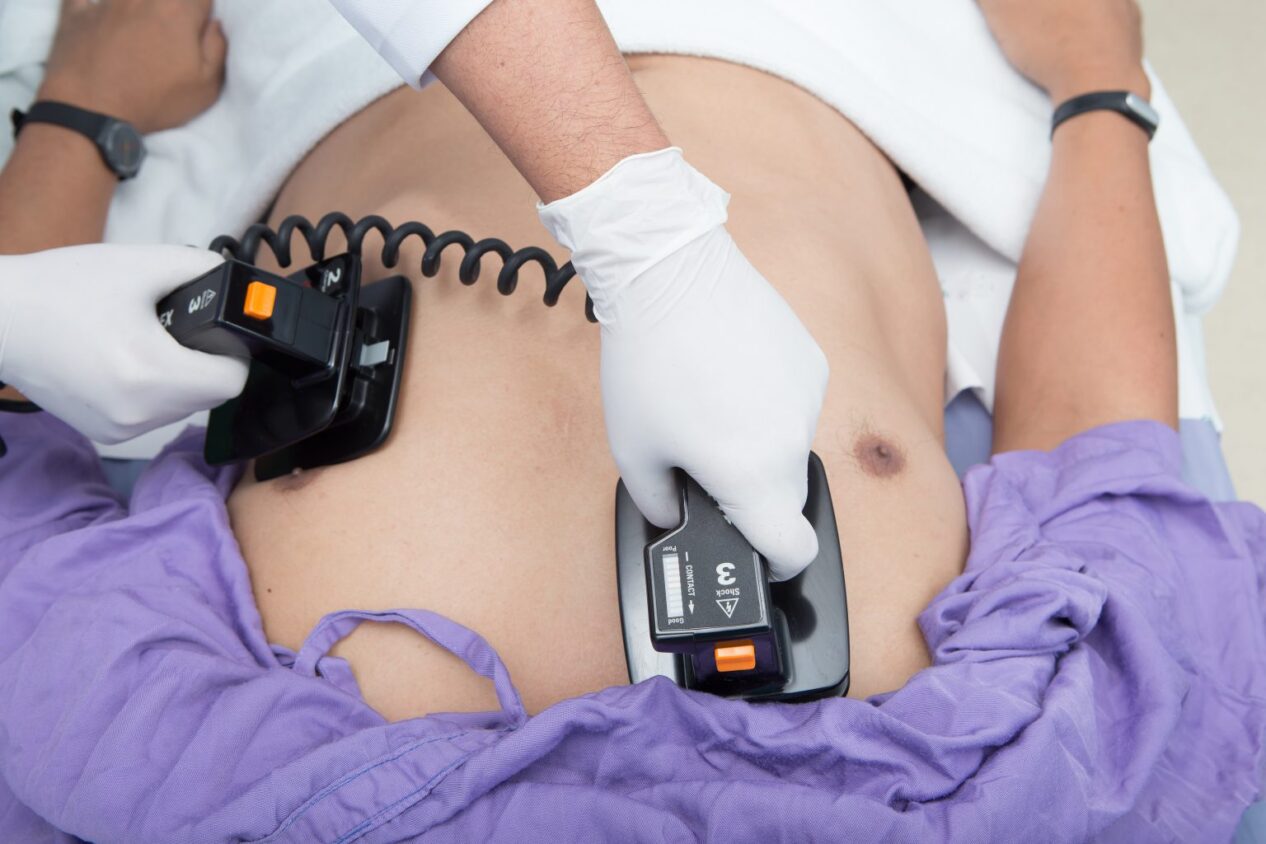
PhD in Gerontology student Jaclyn Portanova and Associate Professor Susan Enguídanos.
If you think that performing CPR on a person whose heart has stopped is a surefire way to save their life, you may be watching too much TV.
A study by University of Southern California Davis School of Gerontology researchers revealed that popular medical dramas Grey’s Anatomy and House show cardiopulmonary resuscitation (CPR) successfully saving a “patient’s” life in nearly 70 percent of the scenes in which it was depicted. Half of the fictional patients who received CPR made enough of a recovery to eventually leave the hospital.
That’s almost double the actual immediate survival rate of less than 37 percent and four times the real long-term survival rate of roughly 13 percent, said senior author and Davis School Associate Professor Susan Enguídanos, an expert in end-of-life care.
“Most people have no knowledge of actual CPR survival and thus make medical care decisions for themselves and family members based on inaccurate assumptions,” Enguídanos said.
In episodes of both shows that aired during 2010 and 2011, 46 separate depictions of CPR—whether involving chest compressions or defibrillation—were analyzed by the research team. Investigators recorded not only whether the patients lived or died but also the cause of cardiac arrest and the apparent backgrounds and ages of those receiving CPR.
In addition to inaccurate survival rates, the depictions show CPR mostly being performed on adults age 18 to 65, when in reality more than 60 percent of CPR recipients are older adults over 65, Enguídanos said. Also, trauma was behind nearly 40 percent of the CPR instances in the shows, even though traumatic injury cases only account for 2 percent of all CPR usage in real life.
When comparing these results to a similar study conducted in 1996, accuracy rates of television CPR depictions appear to not be improving. And though they seem like harmless entertainment, widespread inaccuracies in medical dramas could have real-life consequences.
Nearly 42 percent of older adults say that most of their health knowledge comes from TV, according to previous studies, and many are likely basing their care preferences on inaccurate ideas of what risks they face and how survivable a heart attack is, Enguídanos said.
Compounding the issue is the fact that the shows also largely fail to depict advance care planning and conversations about end-of-life choices. Among 91 episodes analyzed, only five patients and/or their families discussed care preferences with their doctors.
“The findings from this study emphasize the need for improved physician-patient communication and discussions around advance care planning decisions, such as CPR,” said Jaclyn Portanova, Davis School PhD in Gerontology student and first author of the study. “Without these discussions, patients may rely on misinformation from TV in their decision-making.”
The study was co-authored by Bachelor of Science in Human Development and Aging student Krystle Irvine and Master of Science in Gerontology student Jae Yoon Yi. It appeared online in the journal Resuscitation on August 18, 2015.





